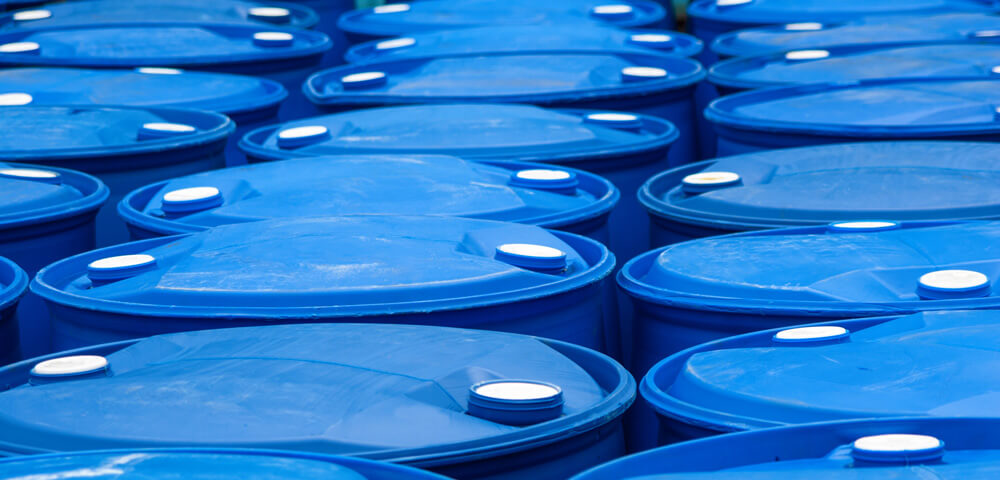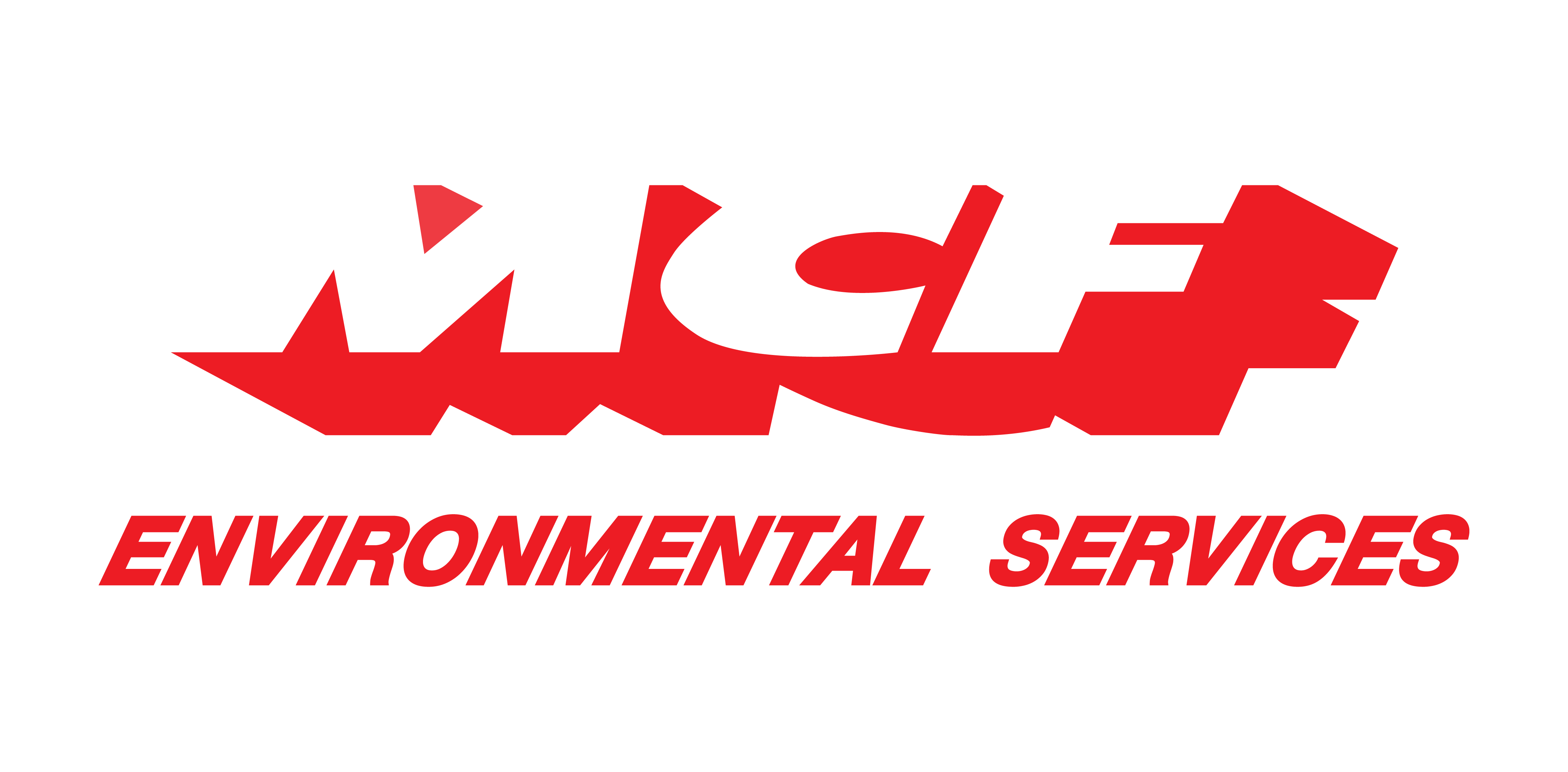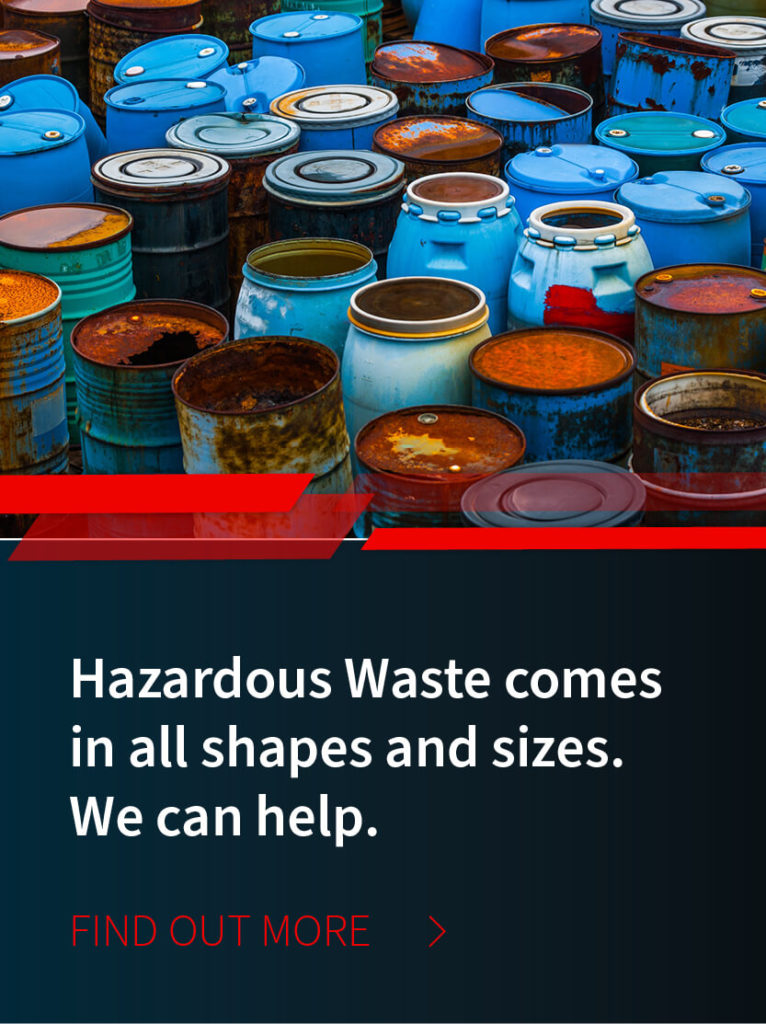
/ IN THIS BLOG
The blog focuses on Ohio hazardous waste regulations. Q&A's include:
01 / What agency oversees hazardous waste management in Ohio?
In Ohio, the Division of Environmental Response and Revitalization (DERR) oversees hazardous waste permitting, inspection, compliance, and reporting. It also handles the investigation and cleanup of contaminated or hazardous waste sites, which includes RCRA corrective actions or closures. The agency can also provide advice and assistance to communities or private entities interested in site assessment and cleanup.
02 / Do Ohio hazardous waste management rules differ from federal ones?
The last time Ohio sought authorization of changes to its hazardous waste program was February 2019, which the EPA approved in June of that year. Thus, hazardous waste disposal rules in the Buckeye State are currently part-and-parcel of their federal counterparts—with the exception of universal waste.
03 / What is universal waste?
Many wastes that seem environmentally benign aren’t, and they’re generated in large amounts by households, businesses, and industry. Think batteries, pesticides, fluorescent tubes, aerosol cans, televisions, computers, old thermostats and so forth.
If these wastes were subject to the same stringent regulations as what people generally imagine when they think of “hazardous waste” (e.g., rusting barrels of evil-looking sludge oozing and percolating behind some abandoned industrial site), the rules would be unduly burdensome and commensurately difficult to enforce.
Thus, the EPA created the Universal Waste subcategory for these ubiquitous, relatively milder forms of garbage—along with regulations intended to streamline their safe management, as well as encourage the development of municipal and commercial programs to reduce the amount of it that’s landfilled or incinerated.
Ohio has four categories of universal wastes that are identical to those listed in Title 40 of the Code of Federal Regulations. In case Title 40 wasn’t on your summertime reading list, these are:
Batteries (for having lithium, silver ion, nickel, cadmium, mercury-oxide, or sealed lead-acid) [CFR 273.2]
Pesticides (because their constituent chemicals are toxic) [CFR 273.3]
Mercury-containing (Think: thermometers, thermostats, and various equipment) [CFR 273.4]
Lamps (such as fluorescent, high-intensity discharge, neon, mercury vapor, high‑pressure sodium, and metal halide) [CFR 273.5]
Any state can specify additional materials for its universal waste program. Ohio has done so, adding three additional categories of universal waste. But remember that what’s a universal waste in one state might be a hazardous waste in another, which can be more than academic if you’re crossing state lines to transport waste.
04 / What is Ohio-specific universal waste?
Universal waste is the one place where Ohio rules diverge a bit from the federal ones, as there are three additional categories that are specific to the Buckeye State. These are:
Antifreeze
Aerosol containers
Paint and paint-related wastes
Like their federally specified counterparts, Ohio-specific universal wastes don’t require a hazardous waste manifest while being transported in-state. But if they leave Ohio, they might be considered a conventional hazardous waste. Therefore, you need to be mindful of manifesting requirements for the other states in which they might roam.
05 / How does Ohio classify hazardous waste?
The Ohio classification scheme closely follows that of the EPA, dividing hazardous waste into two categories:
- Listed wastes. Ohio uses the federal lists of specific materials deemed to be hazardous by the EPA. There are more than 500 such substances published in the Code of Federal Regulations (40 CFR Part 261) across four separate lists. Thus, “listed waste.”
- Characteristic wastes. If a waste isn’t “listed,” it might otherwise be considered hazardous in Ohio for one or more of its characteristics. Thus, “characteristic waste.” These characteristics are:
Ignitability—it’s flammable under certain conditions. E.g., some paints, degreasers, or solvents
Corrosiveness—it’s a substantial acid or base. E.g., battery acid, certain cleaning fluids, or rust removers
Reactivity—it’s susceptible to exploding or releasing toxic fumes if heated, mixed with water, or pressurized. E.g., certain cyanides or sulfide-bearing wastes
Toxicity—it’s harmful or fatal if ingested or absorbed, or it can leach toxic chemicals into the soil or ground water if disposed of on land. E.g., wastes containing mercury, lead, or cadmium
Mixing a listed or characteristic waste with a non-hazardous one will likely render a mixture that must be treated as hazardous and therefore require hazardous waste disposal. Also, mixing hazardous and non-hazardous wastes might be considered a treatment requiring a permit.
06 / How are hazardous waste generators of different sizes regulated in Ohio?
Industries in Ohio are regulated in accordance with EPA guidelines by the amounts of hazardous waste they generate. They are categorized as follows:
Very Small Quantity Generator (VSQG). A company is considered a VSQG if it generates 220 lbs. or less of hazardous waste per month. As such, it can store up to 13,200 lbs. of hazardous waste onsite for up to 180 days without a storage facility permit; or up to 270 days if the waste must be transported more than 200 miles for storage, treatment, disposal, or recycling. A VSQG cannot store more than 13,200 lbs. of hazardous waste onsite at any time.
Small Quantity Generator (SQG). A company is considered an SQG if it generates between 220 and 2,200 lbs. of hazardous waste per month; or maximally 2 lbs. of acutely hazardous waste per month. No more than 13,000 lbs. of hazardous waste can be held onsite at any one time. An SQG must have an EPA Identification Number.
Large Quantity Generator (LQG). A company is considered an LQG if it generates more than 2200 lbs. of hazardous waste per month, or more than 2 lbs. of acutely hazardous waste per month. An LGQ must have an EPA Identification Number.
07 / Where can I get help understanding Ohio hazardous waste management rules?
The Resource Conservation and Recovery Act, which established the EPA more than 50 years ago, delegates primary responsibility for implementing federal hazardous waste regulations to individual states.
So, individual states can differ from federal guidelines about what is a hazardous waste and what isn’t. E.g., while antifreeze, aerosol containers, paint, and paint-related wastes are considered universal wastes in Ohio, they might not be in other jurisdictions.
MCF leverages over 30 years of nationwide experience specializing in hazardous waste disposal. We’re familiar with each state and its peculiar requirements for hazardous waste management. Partnering with MCF for your hazardous waste disposal lowers the compliance risks of doing business in Ohio…or any other state.
Don’t go it alone. Contact us for hazmat solutions that will maximize your efficiency while lowering your cost.
For more information, contact us today. Or phone 866.315.8116
Robert Losurdo
President, COO








